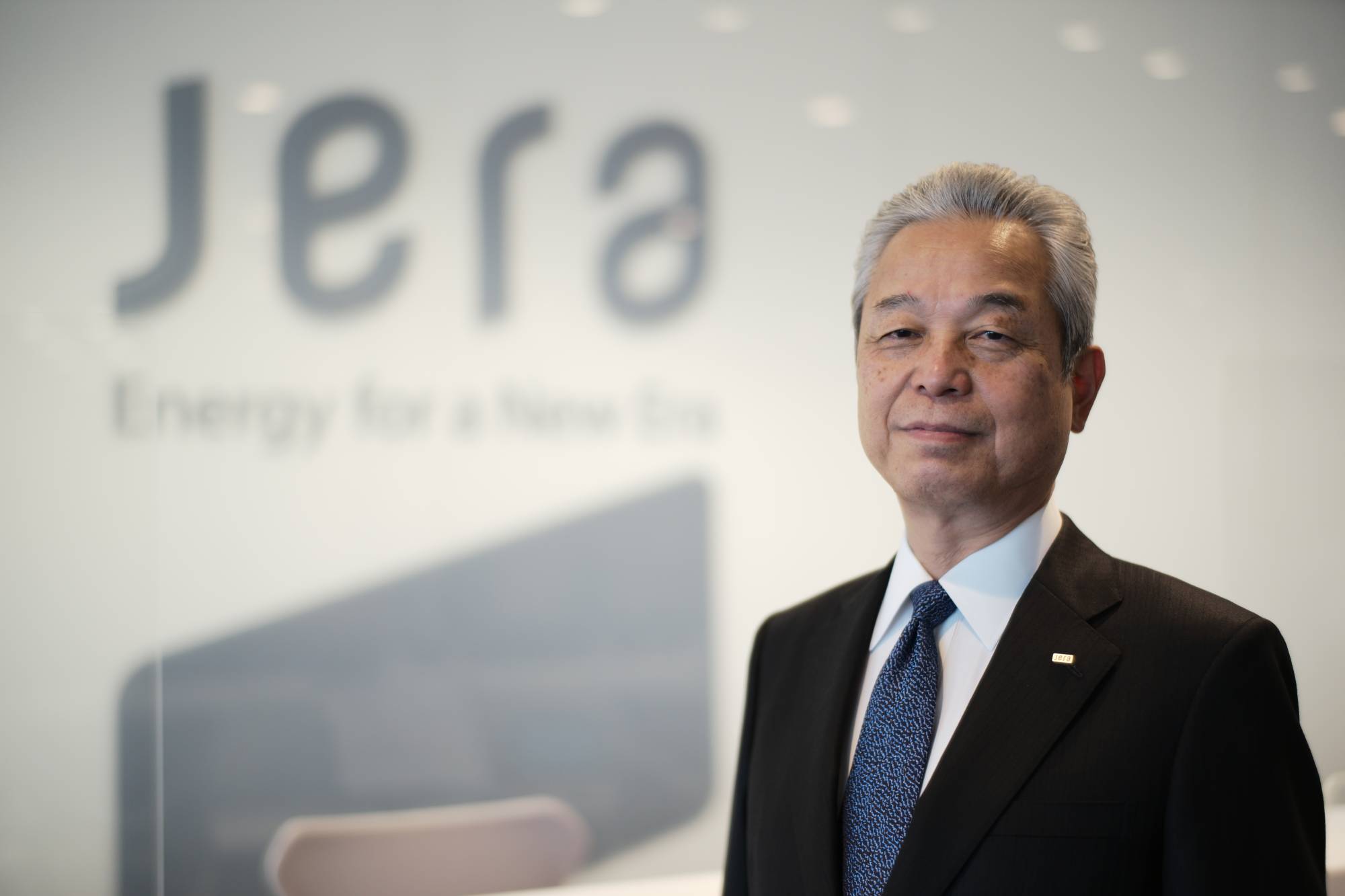Power generation accounts for roughly a third of global greenhouse gas emissions. So when Japan’s biggest power producer, Jera Co., announced last October that it aims to achieve carbon neutrality by 2050 — but not by relying exclusively on renewable power — it took even some energy experts by surprise, with many wondering if that is actually possible.
But the company, which emitted 139 million tons of carbon dioxide in fiscal 2019 and is responsible for nearly 10% of Japan’s emissions, is determined to lead the world in making a bold transition away from fossil fuels to net zero emissions as it bets its survival on ammonia and hydrogen, which unlike fuels such as oil and gas do not produce carbon dioxide when burnt.
While European power producers are planning to go big on expanding solar and wind power to meet the vast majority of the European Union’s carbon neutral targets by 2050, Japan’s limited availability of flat land and steep coast lines, as well as frequent earthquakes and typhoons, make it comparatively more difficult to rely on solar and wind power alone to achieve net zero.


















With your current subscription plan you can comment on stories. However, before writing your first comment, please create a display name in the Profile section of your subscriber account page.